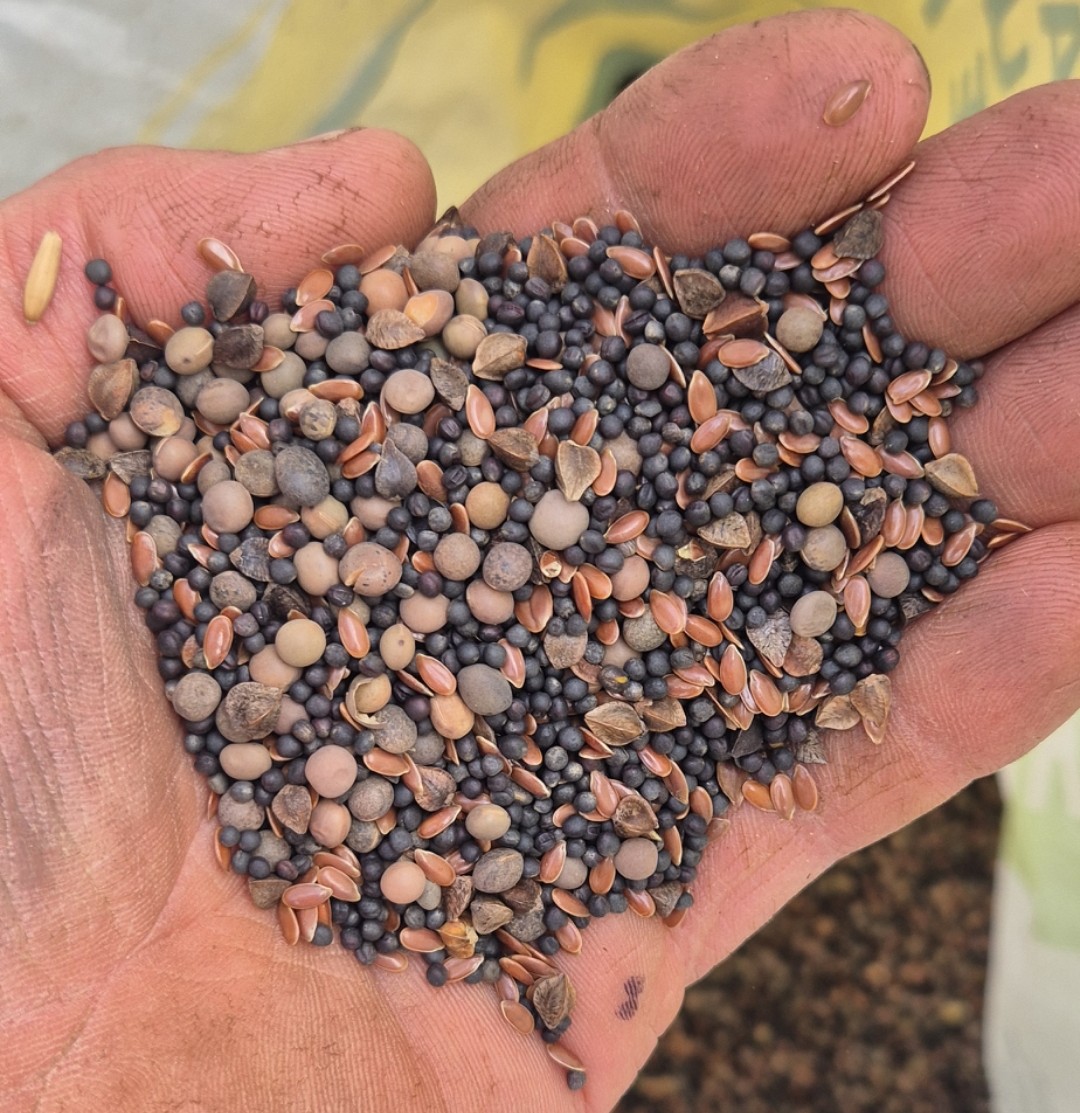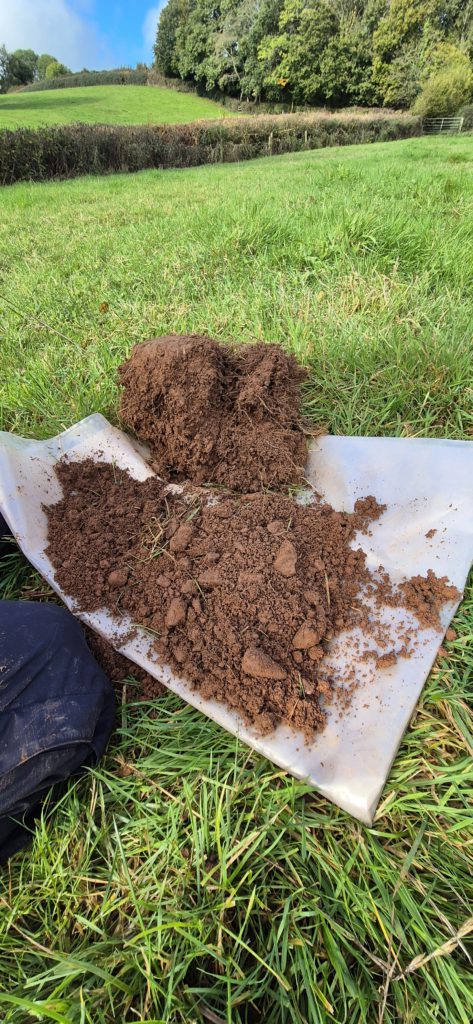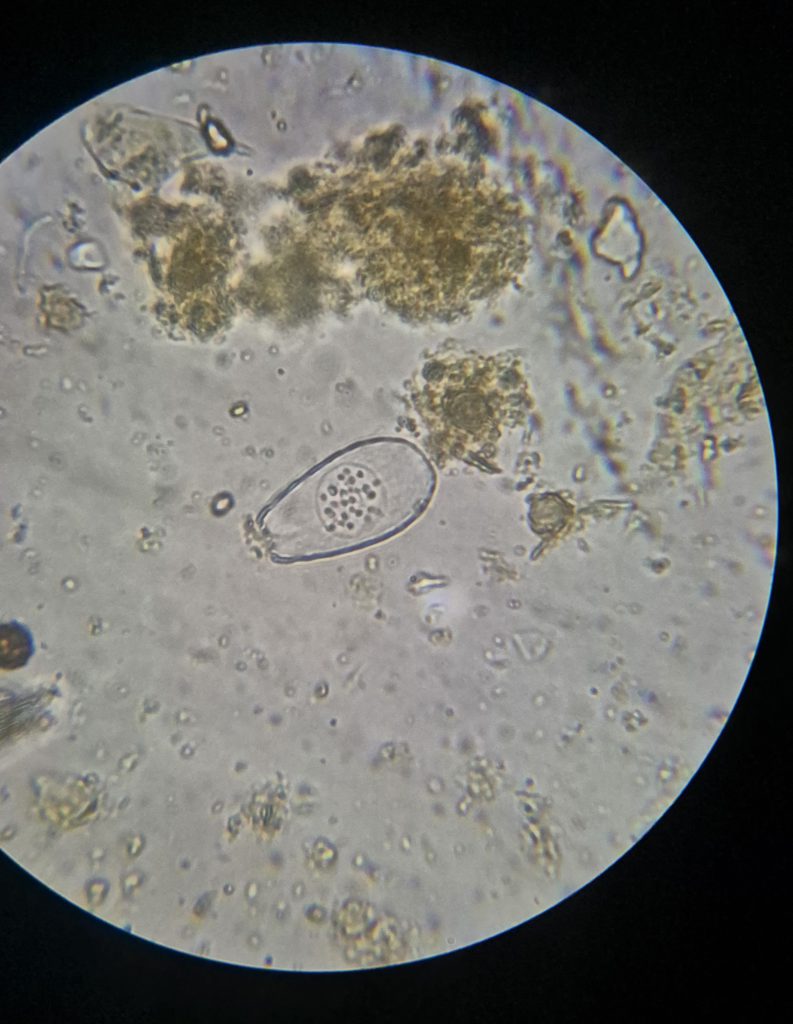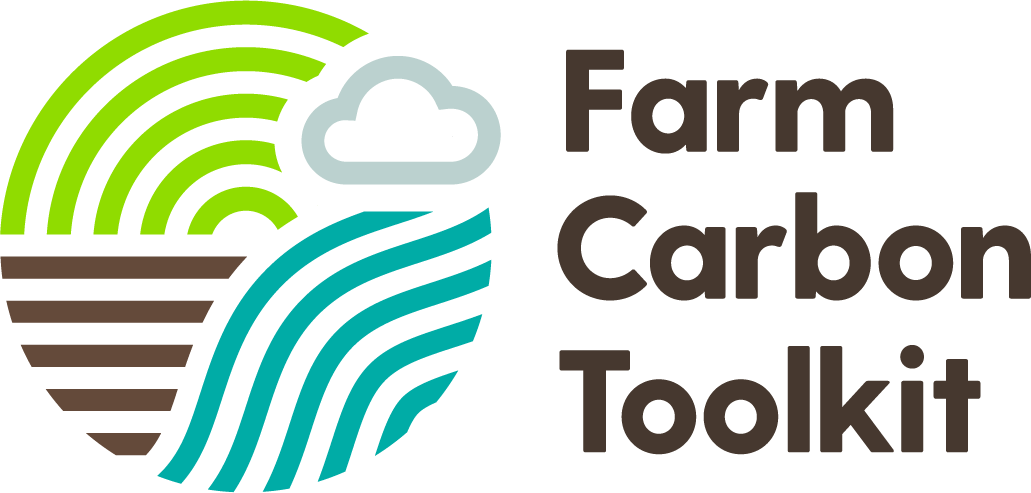
Read the whole case study here
In rural Devon, Paul Baker is doing very interesting things on his farm where he grows arable crops, raises cows and ducks. For Paul, it all starts with the soil “Every farmer should have a microscope – you can’t measure where you are without it. Combined with the shovel, these are powerful tools.”
This is just one example of the approach that Paul is taking on his 340 acre mixed farm, which includes a range of arable crops, dairy calves, and ducks. Most of the land is rented from the Duchy of Cornwall. The farm is net carbon negative, due to the reduction in emissions and the vast amount of carbon being sequestered in the soil.

A paradigm shift in the arable operation
For an arable farm, a lot of carbon, time and energy is associated with cultivations – or the lack of them. By investing in a strip till drill, the soil preparation has been revolutioned, through fewer passes and much less soil being turned over. As Paul noted “in wet weather you’re not pushing the power harrow through the ground – so that really saves diesel”. Not just a bit of diesel, but savings of 75% over 3 years!
But more than just this saving in diesel, the new system is better for labour requirements, making the most of smaller weather windows, and substantial improvements in soil quality.

There is an organic and non-organic system being run concurrently, with a range of arable crops and approaches in both systems. Experimentation in mixed varieties of wheat have also shown benefits in diseases resistance and resilience to different climatic conditions.
Building soil fertility
The changes in cultivation go hand in hand with the building of soil fertility, using composts, manures, and cover crops. But more than this, Paul is interested in the micro-organisms that are in the soil and the fertility sources, using a microscope to better understand the presence of bacteria, fungi, nematodes and protozoa.

Artificial fertiliser use is dropping year on year as the soil ecosystem is working better and being fed by more organic matter. “By feeding the bottom of the food chain, the worms have benefitted” observes Paul
Better grass, better animals
In the grassland part of the farm, livetsock are now grazing intensively for short periods on herbal leys. “Grass growth in the new grazing system feels much better” says Paul. “The areas that are overgrazed don’t come back as quick; weed suppression where mob grazing occurs is better because of the action of hooves and intense grazing over a short period.”
In addition there are now more dung beetles in the pastures, an indicator of a healthier soil ecosystem. It’s also been linked to a reduction in the use of wormers – again because Paul has asked whether they need to be used, rather than following the standard use of these chemicals. You can read more about dung beetles here https://farmcarbontoolkit.org.uk/2024/05/20/what-are-dung-beetles/

A growth mindset
Throughout Wishay Farm, Paul has been experiementing with various innovations in his system, underpinned by a curiosity to improve his farm. These include:
- Cultivations and seed establishment
- Composting systems – including Bokashi, food waste, vermicompost, and using starter cultures
- Application of organic matter and microorganisms to most effectively benefit soil and crops
- Applying molasses to feed soil bacteria
- Reducing agro chemicals
- Experiementing with cover crops, mixes of wheat varieties, and combining different crops
- Adding woodland soil in to compost
Paul offers some reflections on his journey so far: I started with cover crops. You need to justify buying machinery, but also worrying what others are thinking – your neighbours are looking over the hedge!
You have to be thick skinned to take any criticism; you can explain away any failures, but ultimately results can speak for themselves. Neighbours might take the mick, but good practice will spread! There’s lots to learn.”
Paul is a finalist in the 2025 Soil Farmer of the Year competition. It’s not hard to see why!
Check out Paul’s Instagram for more inspiration, the aptly named Experimental Farmer https://www.instagram.com/the_experimentalfarmer/
